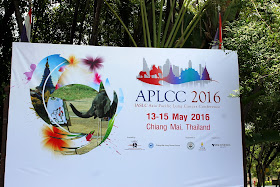Akanksha Sethi

Breast and cervical cancers are two major cancers among women. For decades, cervical cancer was the most common cancer in women in India. But now, breast cancer has replaced cervical cancer and become the leading cancer in terms of incidence and number of cancer deaths among women in India. The most common risk factors for breast cancer cited by
Dr Pooja Ramakant,
Associate Professor, Department of Endocrine and Breast Surgery,
Christian Medical College (CMC), Vellore, are: sedentary life style and lack of
exercise; obesity; smoking; late age at first child birth; nulliparity;
excess estrogen; early menarche and late menopause; not breast feeding;
radiation hazards; junk food and at times genetic mutations which may
run in the family.


























